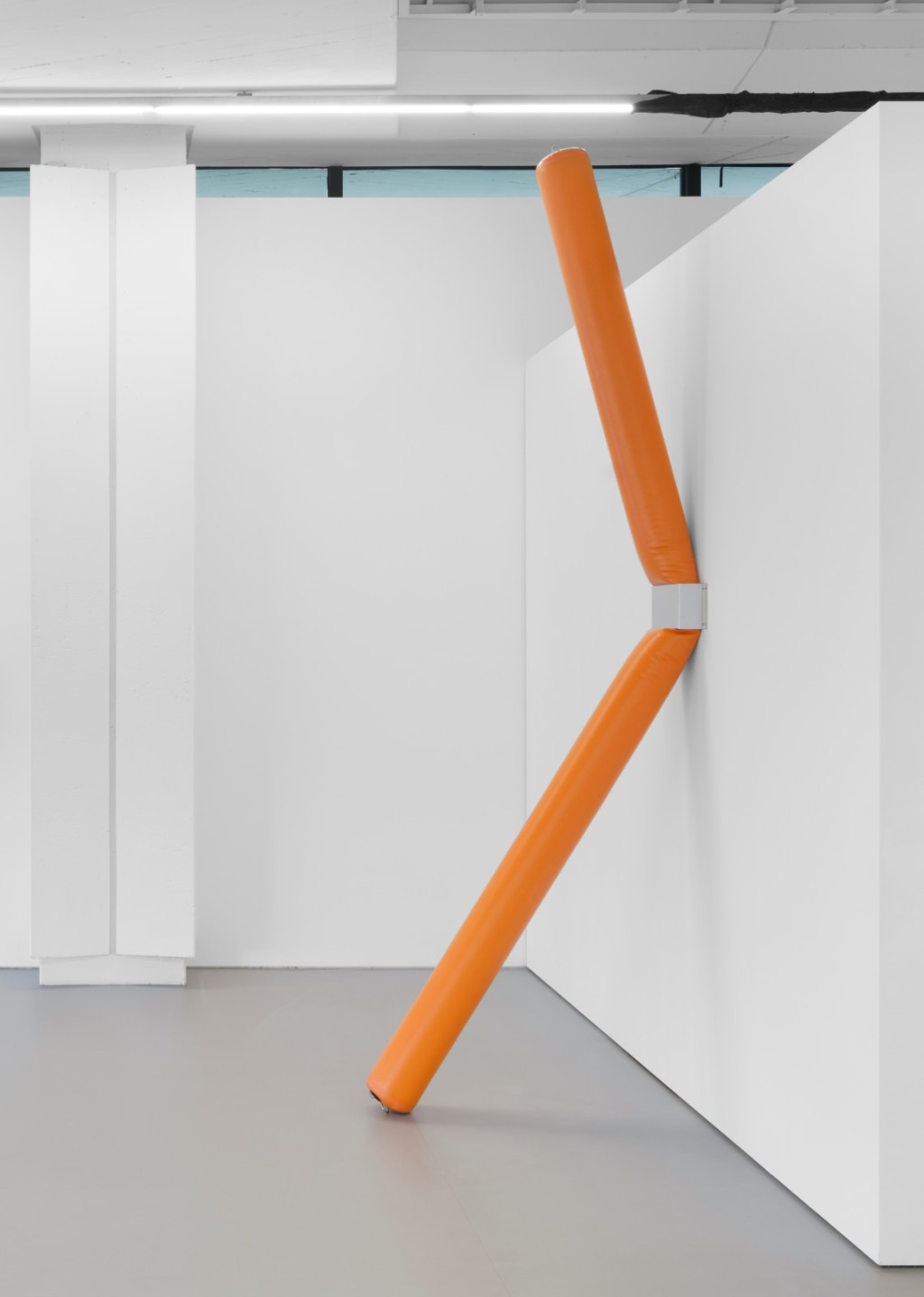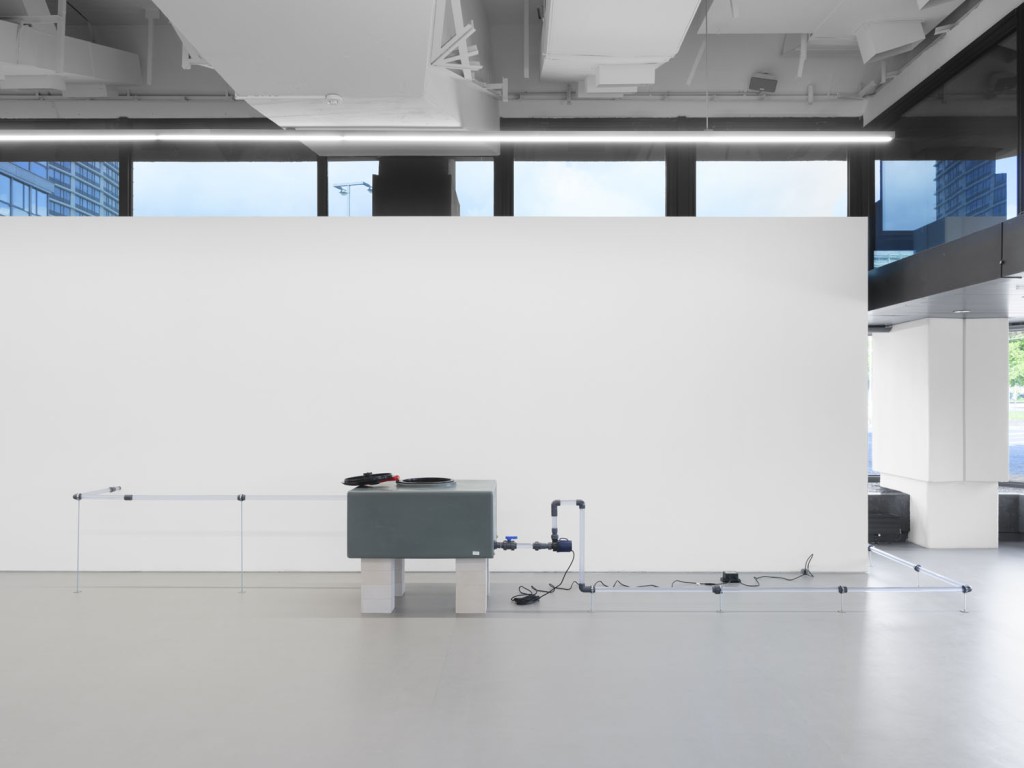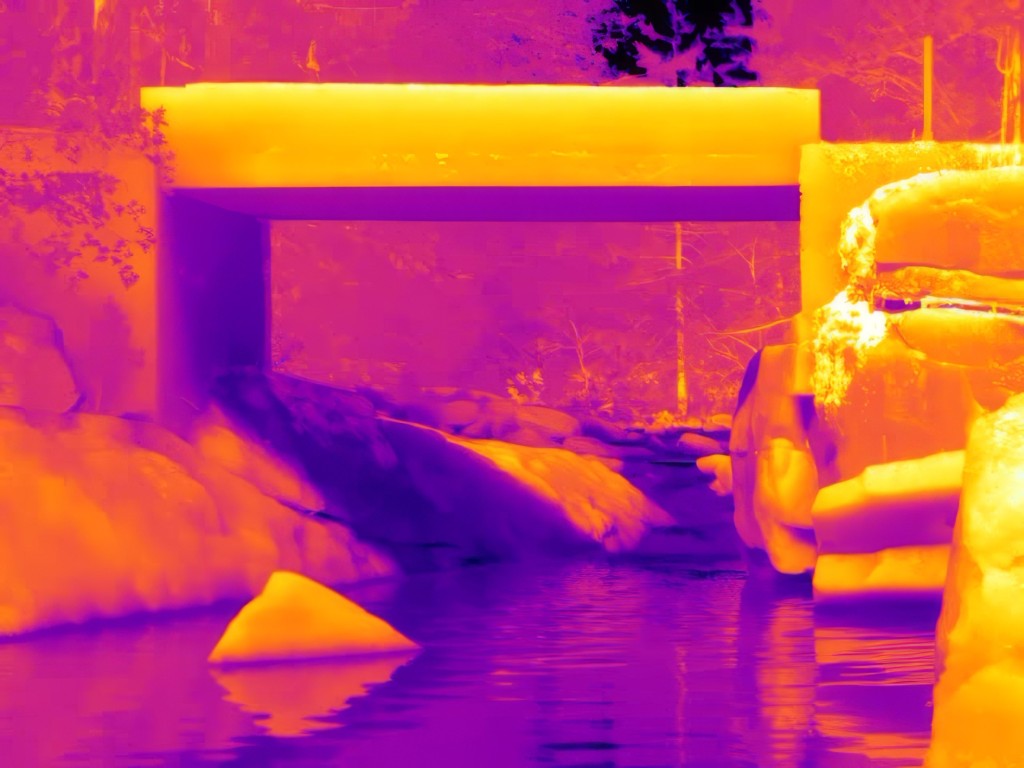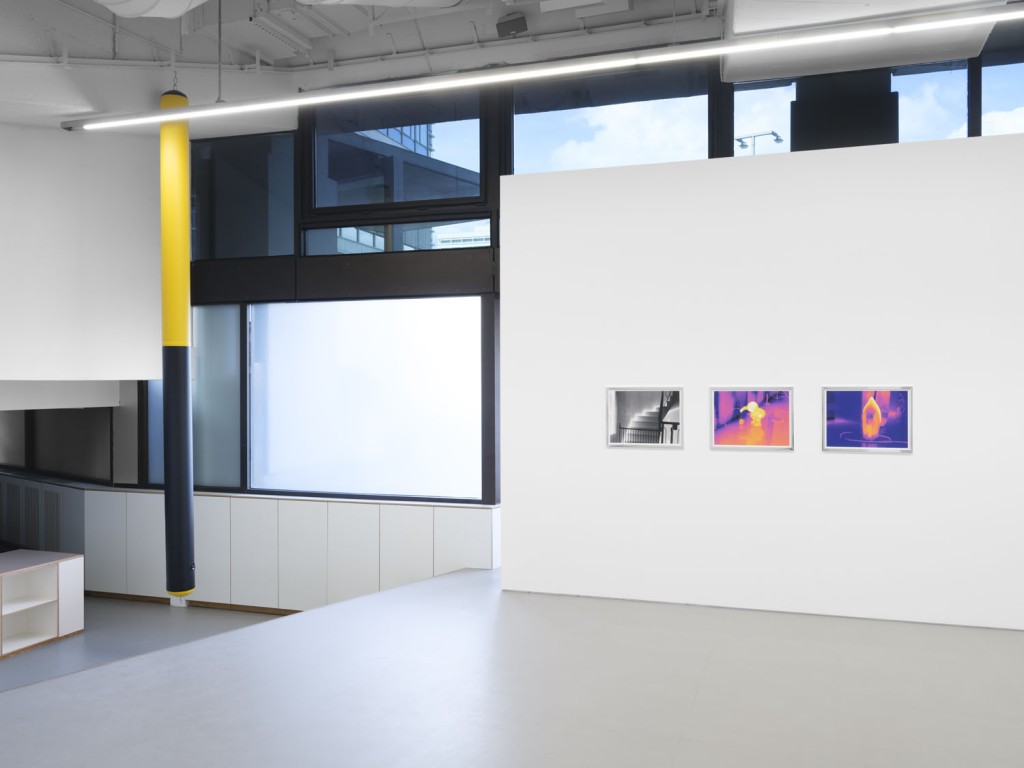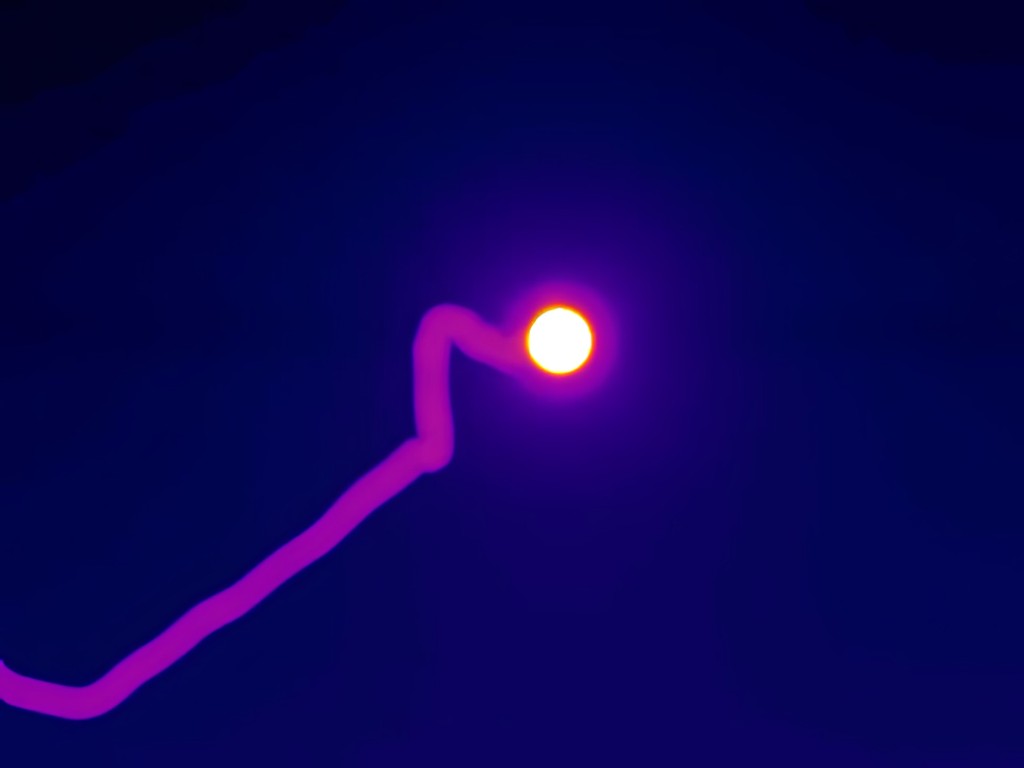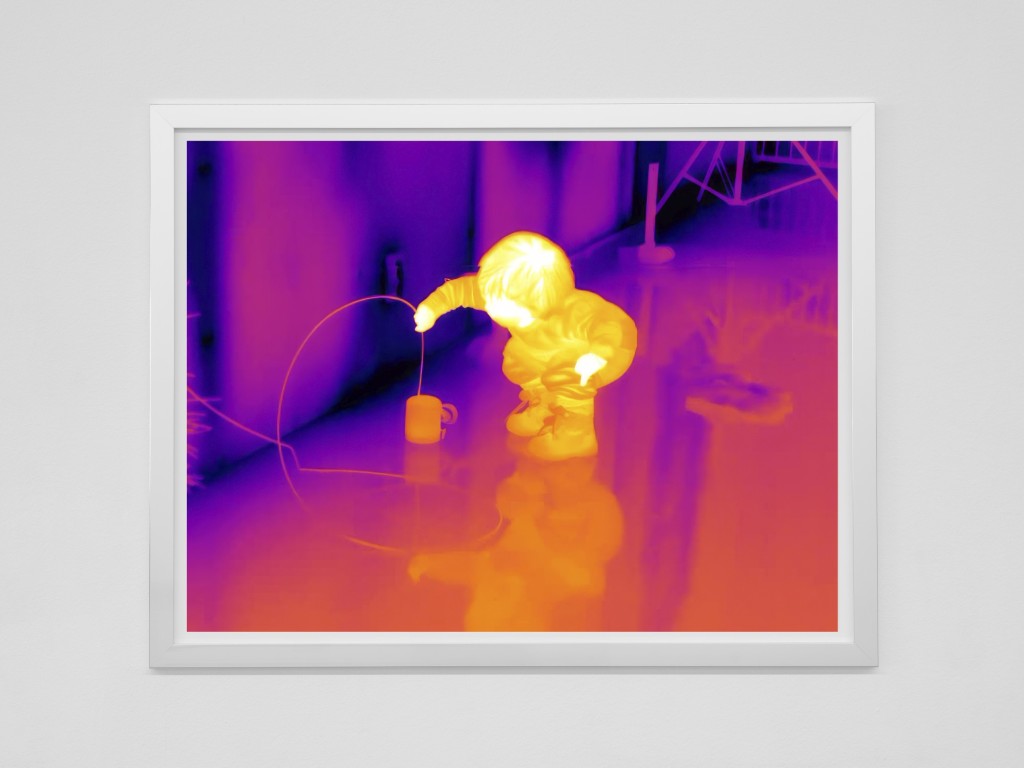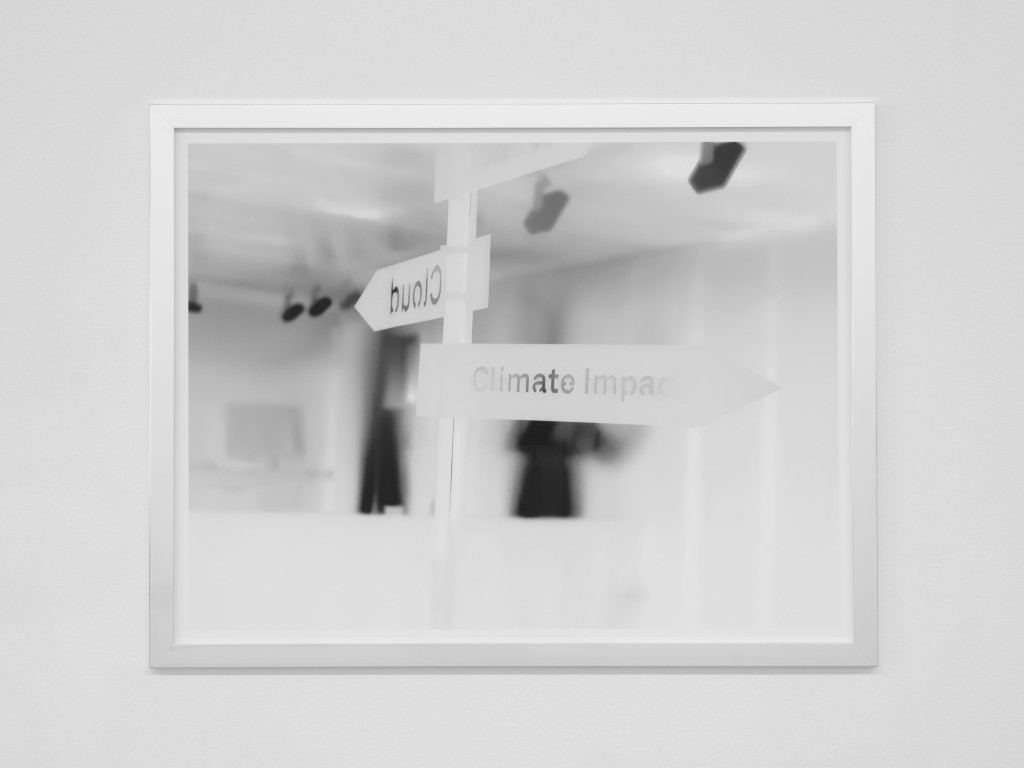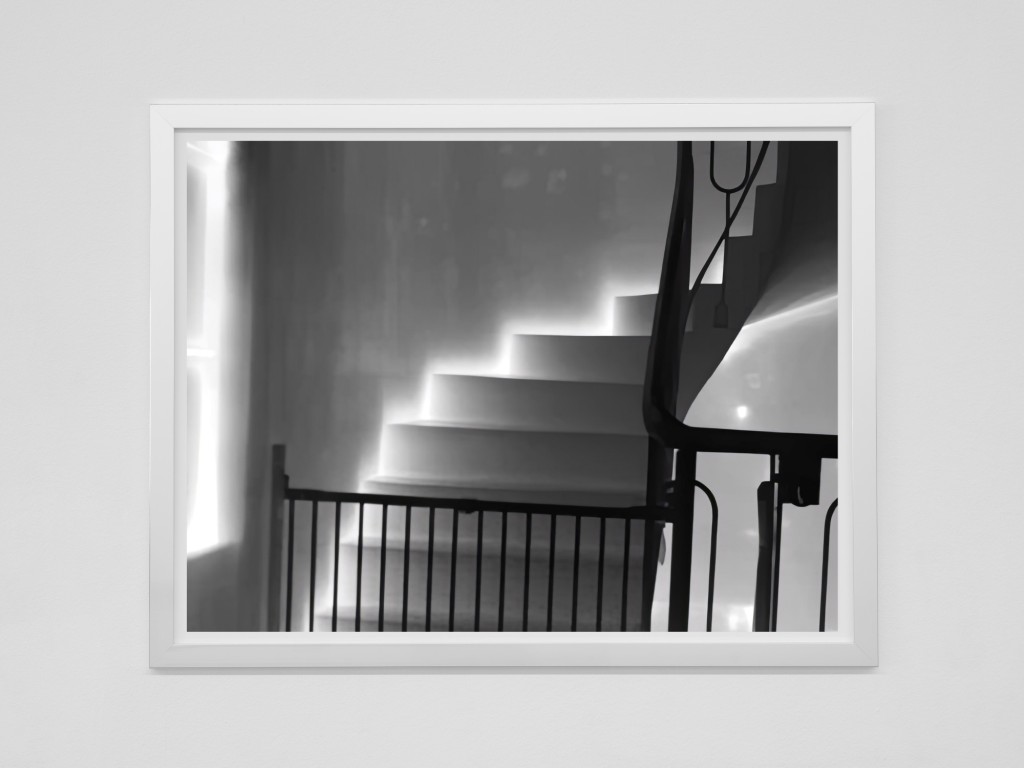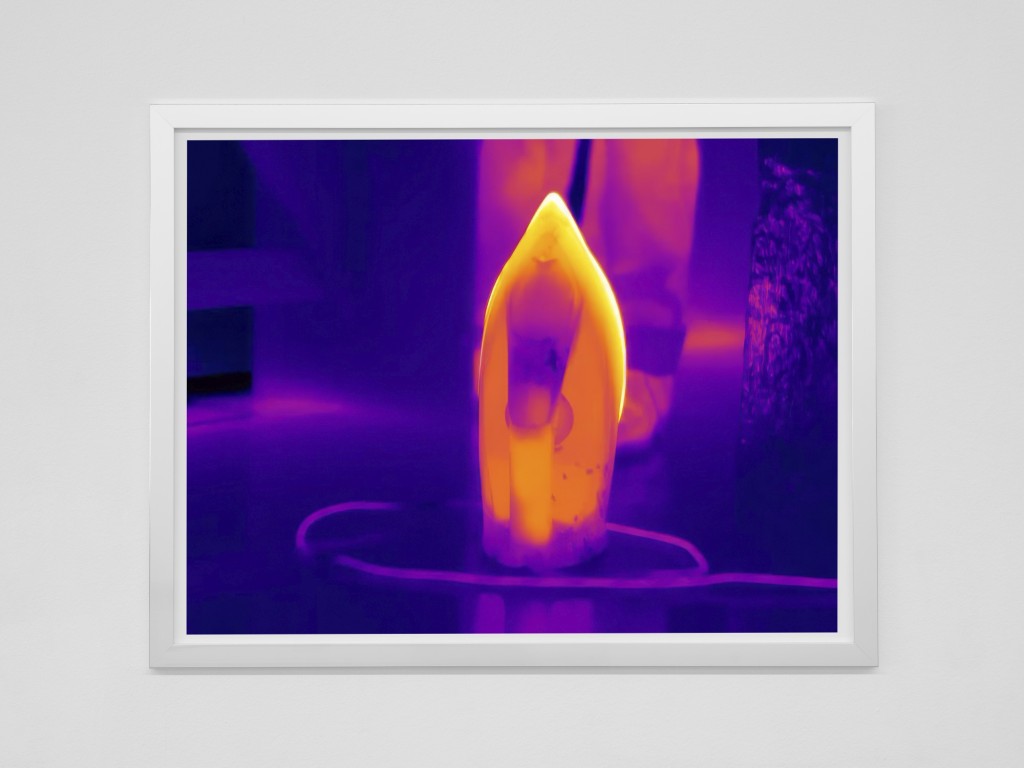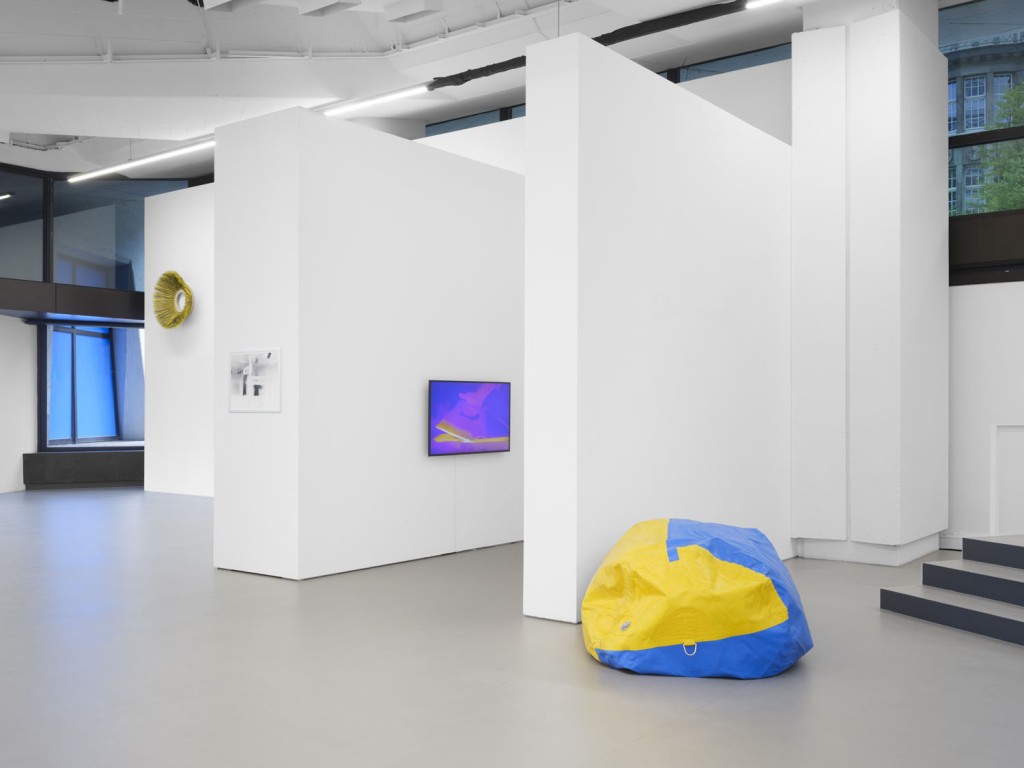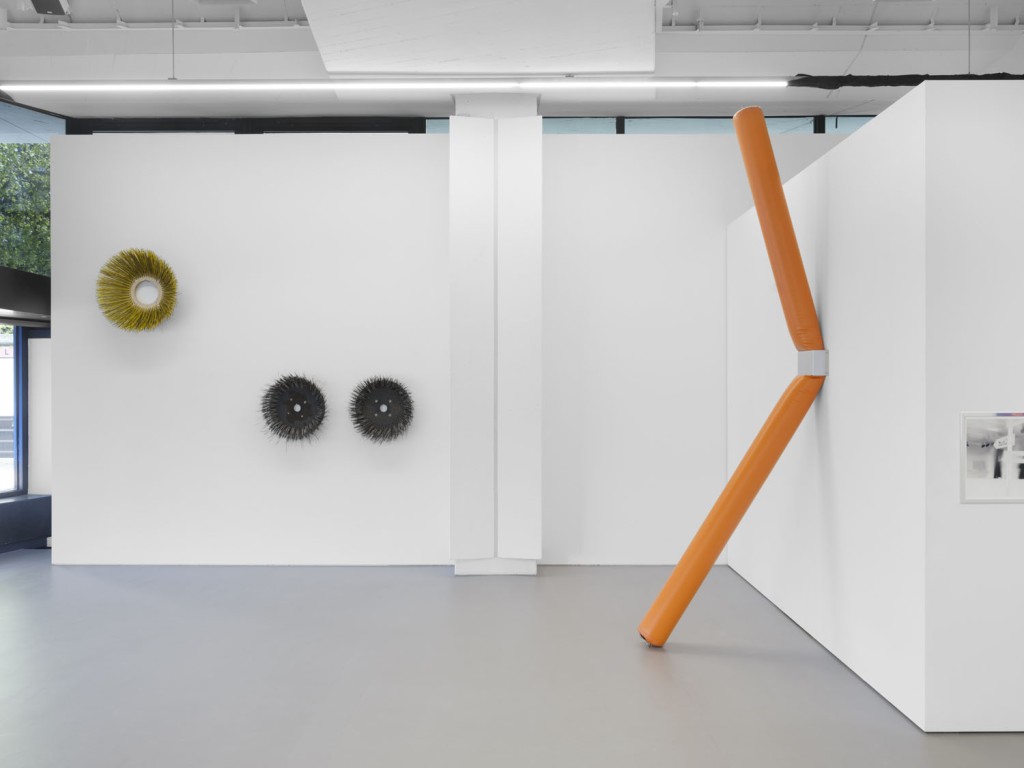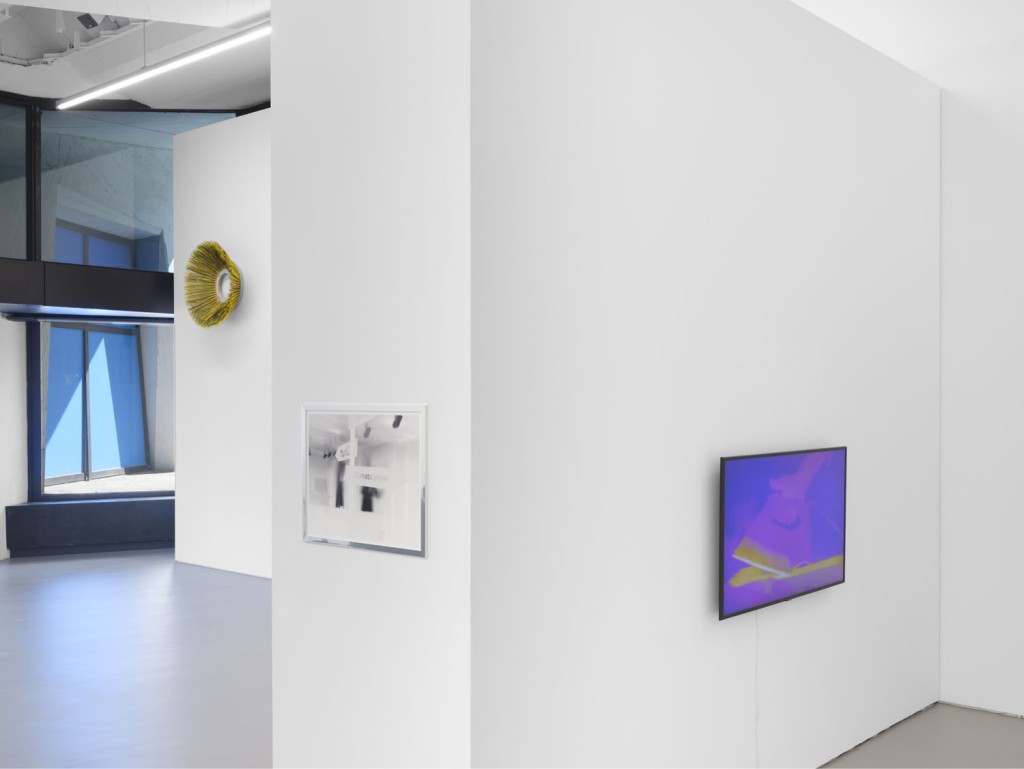By Marte Eknæs
Inserted comments by Nicolau Vergueiro
Infra literally means under or below. Infrastructure is that which supports, enables, and makes mobile. In Lauren Berlant’s words: the lifeworld of structure. In this definition, infra is seen as the composite of the immediate experiences, activities, and interactions that shape the world of an individual life. But this individual life is not confined to a body or a lifetime. Infrastructure is a sprawling multitasking entity which absorbs as it provides and multiplies as it cannibalizes.
Infras get dirty; they damage their industrialized materials by addressing the friction of life.
Plumbing predates the word infrastructure by thousands of years, but now it is one of the most rudimentary and literal kinds of infrastructure. The pipe systems that facilitate the flow of drinking water and the drainage of wastewater are all under- ground, indicated on the surface by in- and outpoints like sinks, taps, fountains, toilets and drains.
In containing and directing water, residue (limescale, mold, algae, sediment) builds up along infra’s wall. Other infras (instruments, chemicals, bacteria) are then de- signed for upkeep. Infra undermines the supremacy of their own form and manages the corruption of their industrial body.
When that which is below is brought to the surface, it often comes as a surprise and sometimes challenges the limits of what is tolerated. Leaks and spills are avoided at all costs. Entrances are sealed and aggressive solvents are used, often to find that the problem comes from within. Leaks from an air body would change its form, while spills from a plumbing system contaminate its surroundings.
Contamination comes from experience. Over time, calcium builds up, heat spoils materials, bristles of a brush get kinked and discolored against dirty pavement, a fitting wears out and leaks air in or water out. Infra accepts contamination as a virtue. An active infra facilitates, negotiates and adverts experience, which in turn, often leads to contamination.
In the ongoing cycle of production, use, degradation, repair and renewal, new infras are always needed. And infras to these infras. These organisational chains are prone to contamination, which is also to say they have potential for change. This exhibition is a temporary organisation of objects and systems that fulfill just a few of their many potentials. With their materiality they demonstrate their entanglement in industrial processes, extraction, labour and organisation. But liberated from function, they can exist as potentials and be open to contamination.
Like most things material, art objects can also be repurposed. Make things differently.
Art is also infrastructure.
You know more than you know.
